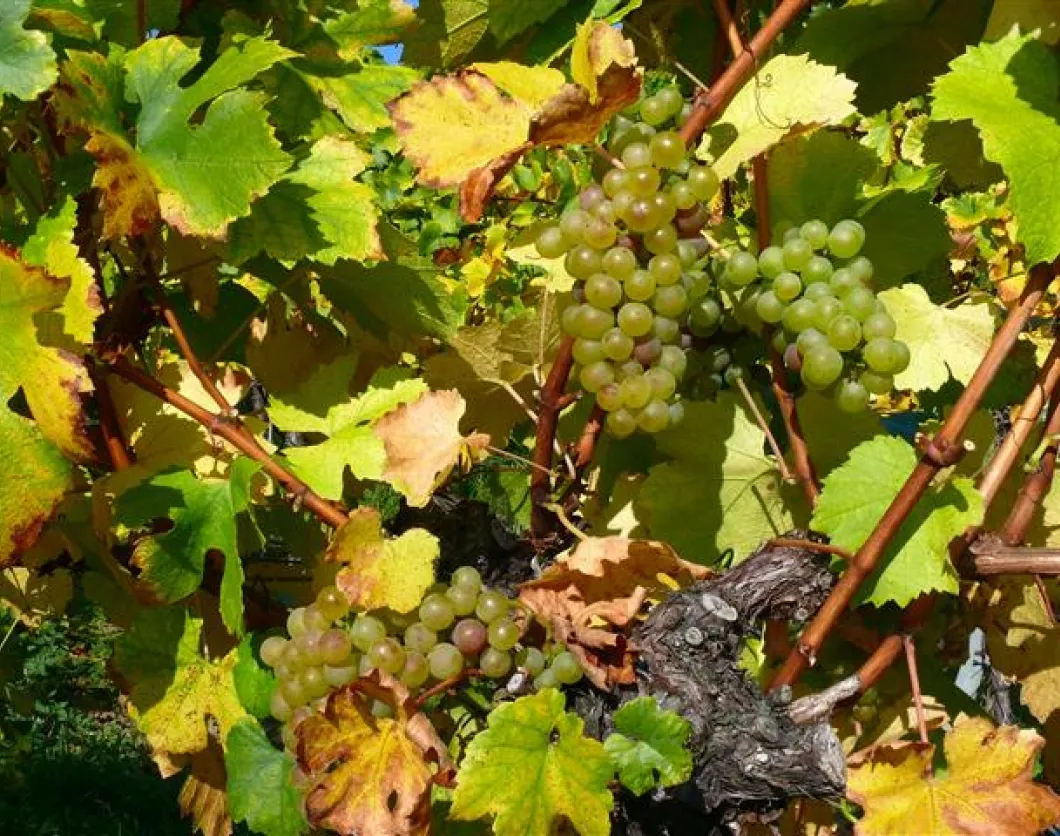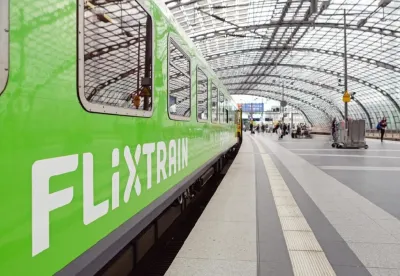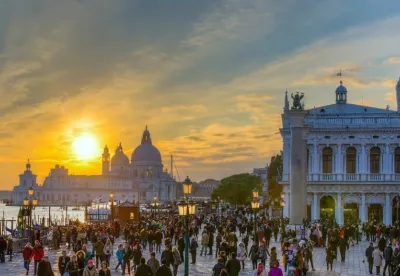Wine tourism is increasingly becoming one of the holiday makers’ choice for exciting must-do list on their European tours. Travelers visit exotic wine-vaults, wine-cellars, vineyards and vinoteques which populate the traditional European viniculture routes of Italy and Austria. Hungary, Slovenia, Czech Republic, Croatia and Slovakia are however some of the European countries which offer new vistas in the wine tourism circuit. Not to be left behind are the countries of Bulgaria, Macedonia and Romania.
Such is the importance of wine tourism that it has inspired the founding of the International Wines Route Association to help in the smooth management of wine tourism among the member countries. In fact, experts’ projections suggest that the overall contribution of wine tourism to the EU economy is set to grow from 7% to 12% of the total revenues generated from the tourism industry in the next five years.
By the dint of experience established overtime in wine tourism, Austria with the help of the Österreich Werbung state agency along with the Vino Veritas Austria Association, has established a reliable institutional framework for thriving wine tourism industry.
However, other countries are also catching up on the wine tourism uptake. In Slovenia and Croatia, exhibitions, wine tasting fairs and workshops organized to address viniculture issues are the main avenues through which wine tourism is promoted. These initiatives are concentrated on the wine routes which straddle the Istria peninsula where private vintners offer their products. The contribution of the wine tourism to the economies of these countries is estimated at 1.7%.
In Hungary, where viniculture predates to over 30 million years back according to archeological finds in the Carpathians basin, wine tourism is mainly concentrated in the wine production region of Tokay near Balaton and Eger. Hungary’s modern wine tourism tradition however has its genesis in the 1960s where tourist agencies packaged guided visits to the Eger cellars as part of the offers in their tour brochures.
Today, the revival of private viniculture and the attendant building of small cellars, alongside with great Hungarian cuisines and excellent wines are a must for the travel agencies which are involved in the wine tourism sector in Hungary. With an estimated acreage of over 110 thousand acres committed to wine production, Hungary is poised to be one of the leading wine production centers in Europe with the current 35% of tourists opting for wine tours projected to rise to 50%.
In the Czech Republic wine tourism has been mainly revolutionized by the Znovín company which is located in Znojmo, Bohemia. The major offering includes a visit to the iconic Šatov cellar, world renowned for its history of being restored by a disabled war veteran who is said to have single-handedly restored it using a candle perched on his hat as his only source of light. The job took him twenty years to complete.
A wine tour visit to the Czech Republic is not complete without a tour of the 250 year-old cross vault cellar built by the Jesuit order and said to be the largest in the world. Lastly, there is also the oldest vintage wine cellar in Jaroslavice.
The active participation of the Slovak Country Tourism and Agro-tourism Association has ensured that the Carpathians wine route is always active. An amalgam of 30 entities under this initiative offer unique services which include: accommodation, catering, wine tasting organized in a breathtaking traditional setting, tours to vineyards, ceramic workshops and vinoteques selling unique and high quality Carpathian wines made exclusively for private vinoteques located in the Bratislava and Smolensk regions.
The major attraction of the Small Carpathians wine route is the active promotion and attendant value adding activities that the authorities in the region undertake along the Small Carpathians South slopes. Such heavy promotion has ensured constant stream of tourists who come to sample the vast offerings of the region’s wine delights.












